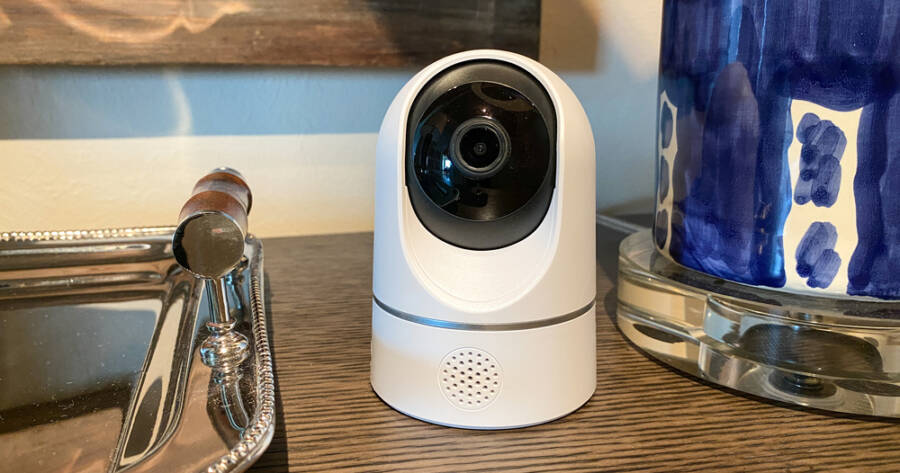Across Europe, homeowners are looking for ways to protect their homes without sacrificing privacy or becoming too dependent on major tech platforms. The rise of plug-and-play home security systems offers a promising alternative. Top systems are easy to install, require minimal setup, and crucially — they operate independently of tech giants. Whether you’re living in a flat in Madrid or a cottage in rural Austria, privacy-conscious systems provide peace of mind without handing over your data to cloud servers overseas.
The Need for Independent Home Security
Over the past decade, home security has gone digital. Smart cameras, motion sensors, and door monitors have become widely available, often bundled into sleek apps and voice-controlled systems. However, many of these solutions are tightly integrated with major platforms like Google, Amazon, or Apple. That integration can come with trade-offs — including the risk of your personal data being stored, analyzed, or sold.
For people in the EU, where digital privacy laws like the GDPR are taken seriously, this poses a concern. More users are now searching for home security systems that offer protection without handing control over to large corporations. That’s where plug-and-play, non-Big Tech systems enter the scene. These devices often focus on local storage, offline operation, and data transparency, making them ideal for those who value autonomy and security in equal measure.
What to Expect from a Plug-and-Play Setup
A plug-and-play home security system is designed to be as simple and straightforward as possible. You don’t need professional installation or a monthly subscription to get started. Most systems come with a base unit and several devices — such as cameras, motion detectors, or contact sensors — that sync wirelessly and start working out of the box.
These systems often run on local Wi-Fi networks and don’t require connection to external cloud services. That means all video footage or sensor data can be stored locally on an SD card or a private server in your home. For added safety, many also offer encrypted backup options or compatibility with network-attached storage (NAS) systems.
Control typically happens through a secure app or web portal, with some systems supporting open-source platforms like Home Assistant or OpenHAB. These integrations allow for custom automations — for example, triggering a siren when a door opens or turning on lights when motion is detected — without the need to route data through corporate servers.
Top Non-Big Tech Options Available in the EU
Several independent brands have stepped up to offer plug-and-play systems that meet the needs of privacy-conscious Europeans. Some of the most popular include:
1. Eufy Security (Local Mode Enabled)
Eufy offers a range of home security cameras and sensors that can operate entirely in local mode. While the company does provide a cloud option, users can opt out and store all footage on local SD cards or base station drives. Eufy’s app also allows users to operate the system without connecting to third-party accounts.
2. Ajax Systems
Based in Europe, Ajax designs modern, wireless alarm systems that are highly respected for their reliability and security. They offer encrypted communication between sensors and the control hub, and while the system can be used via mobile apps, the data remains under user control.
3. Home Assistant with Custom Sensors
For those who prefer full control, integrating off-the-shelf cameras and sensors into the open-source Home Assistant platform is a popular option. This allows users to build a personalized system that fits their specific home and privacy needs, all while storing data locally.
These solutions are especially attractive in a European context, where local regulations, language options, and GDPR compliance are important. They allow users to maintain a high level of digital sovereignty — something increasingly valued across the continent.
Keeping Security Simple and Private
One of the major appeals of these systems is their simplicity. With just a few components and a mobile app, users can be up and running in minutes. Some models offer battery-operated options, so they keep working even during power outages. Most also provide push notifications, so you’re alerted immediately if something’s wrong — no central server required.
For many Europeans, the idea of owning their home data, not just the hardware, is a powerful motivator. In an age where smart devices are always listening or recording, opting for something more controlled and transparent can feel like a return to common sense.
Smart Protection Without Compromise
In the EU’s evolving digital landscape, plug-and-play home security systems that don’t rely on Big Tech are more than just alternatives — they’re a reflection of changing values. People want safety, yes, but they also want control over their information and how it’s used.
With simple installation, reliable performance, and privacy at the core, these systems prove that you don’t need to trade convenience for independence. As more Europeans look for tech that respects their rights, these tools offer a reassuring answer: secure your home, your way.

